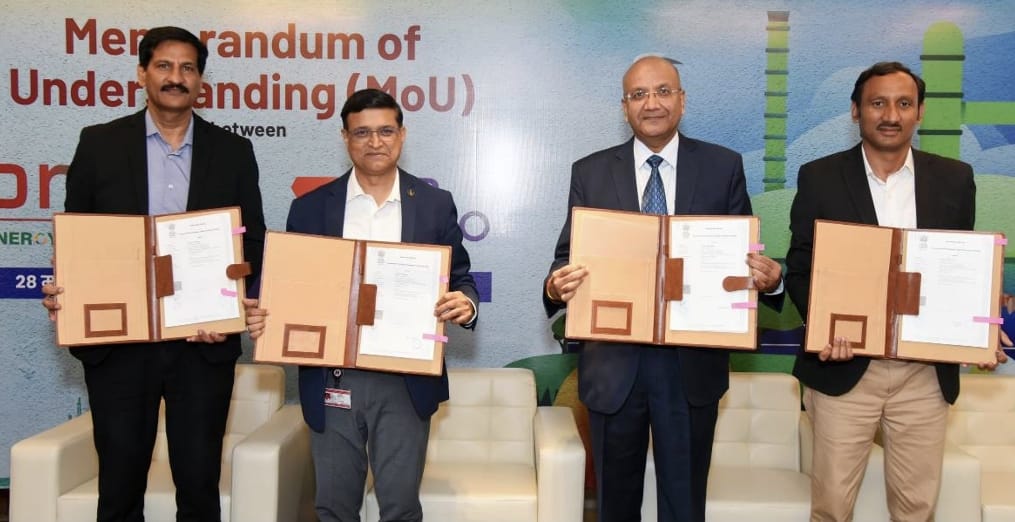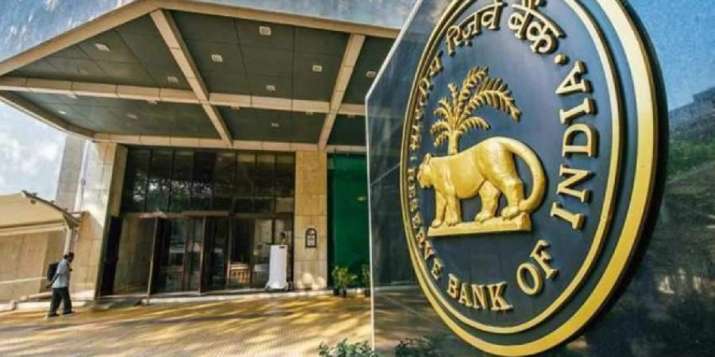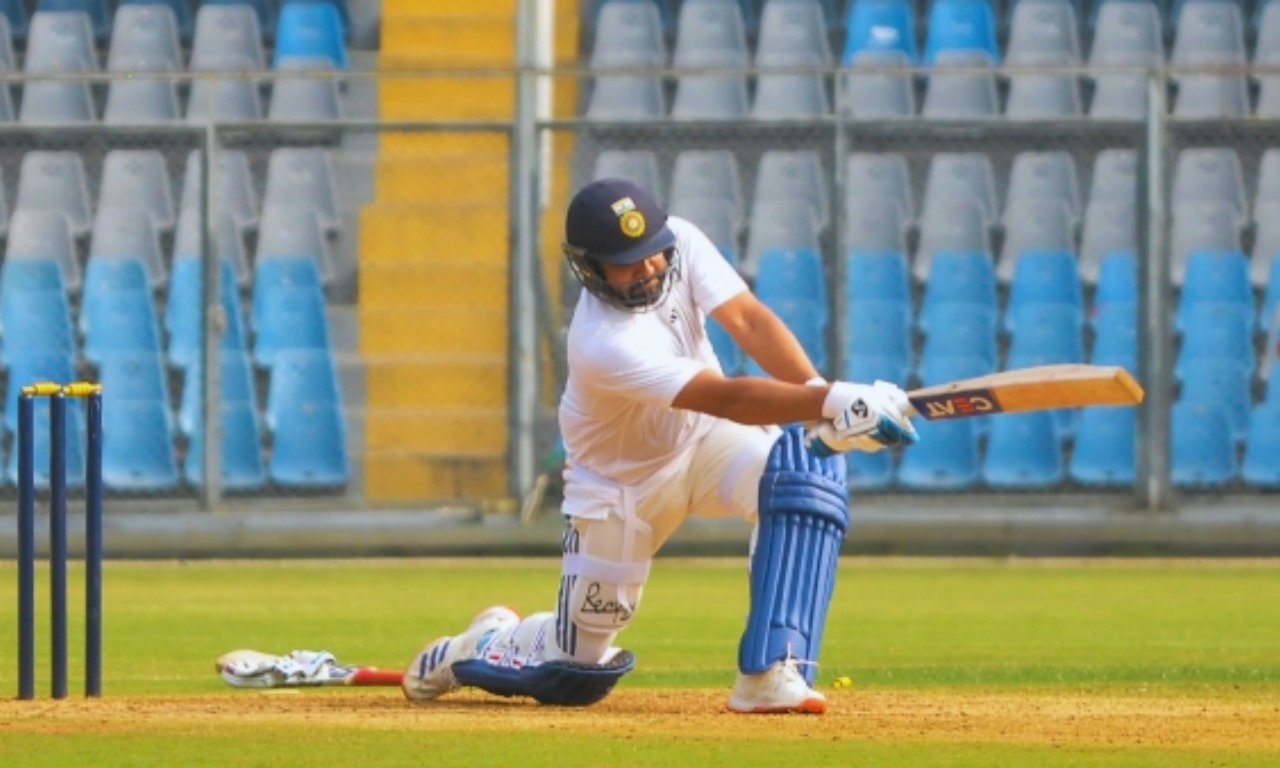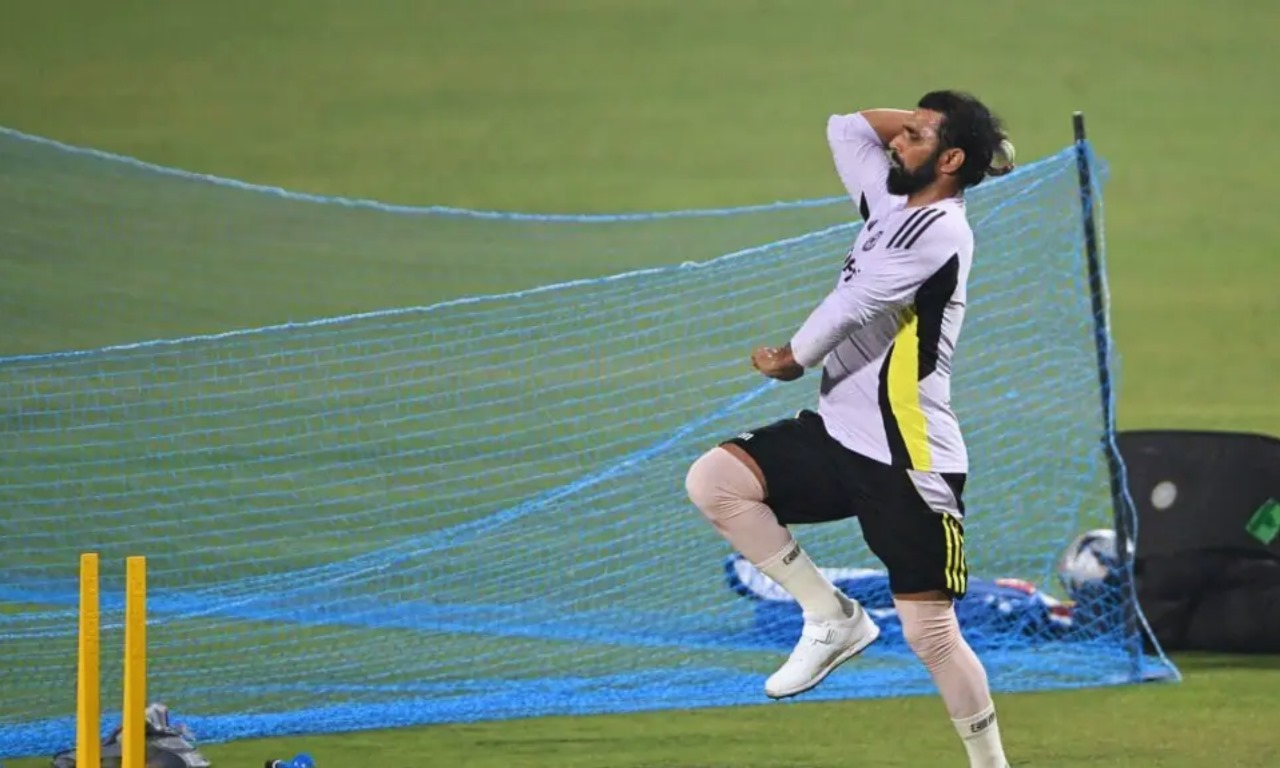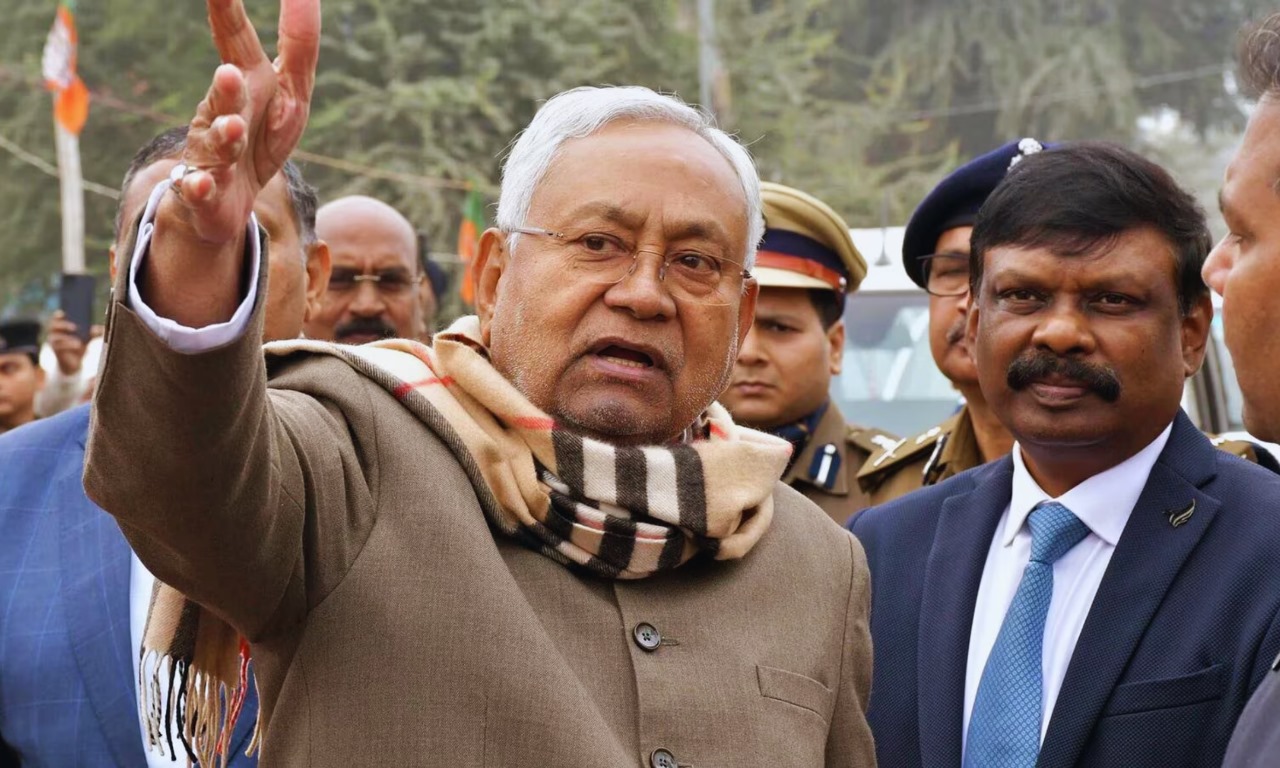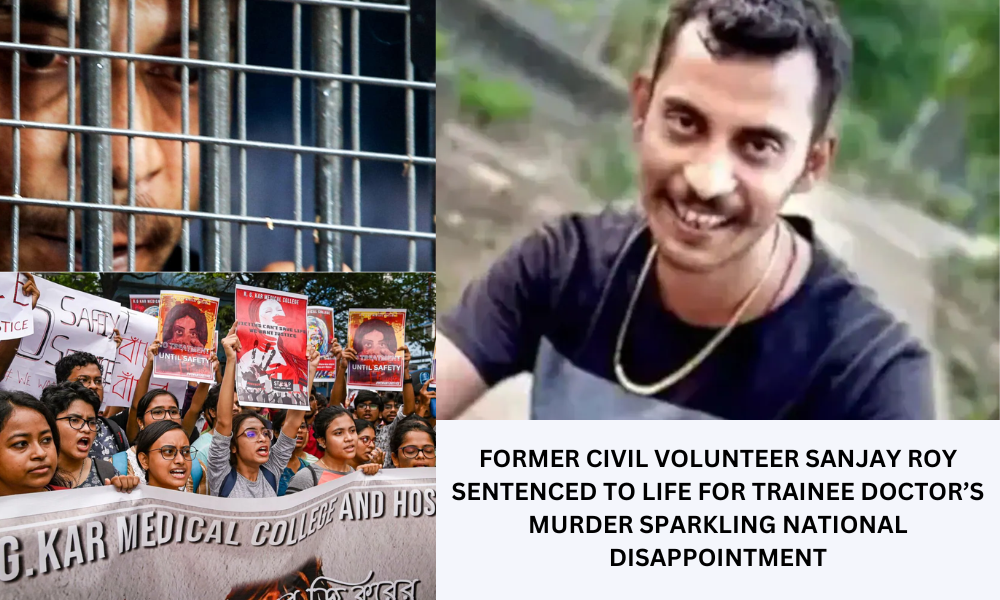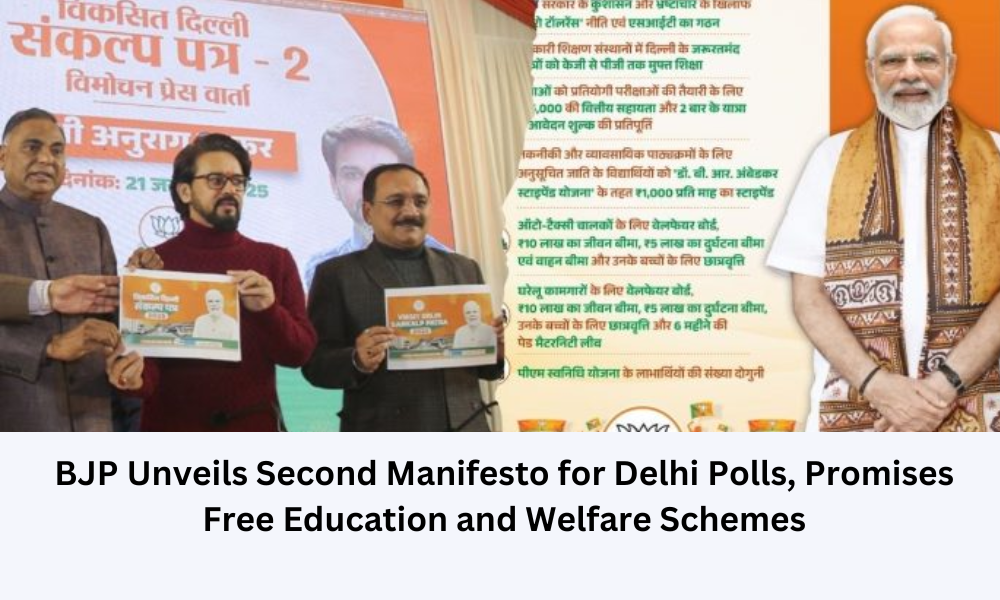Beti Bachao Beti Padhao: Paving the Path for Women-Led Development in Viksit Bharat 2047
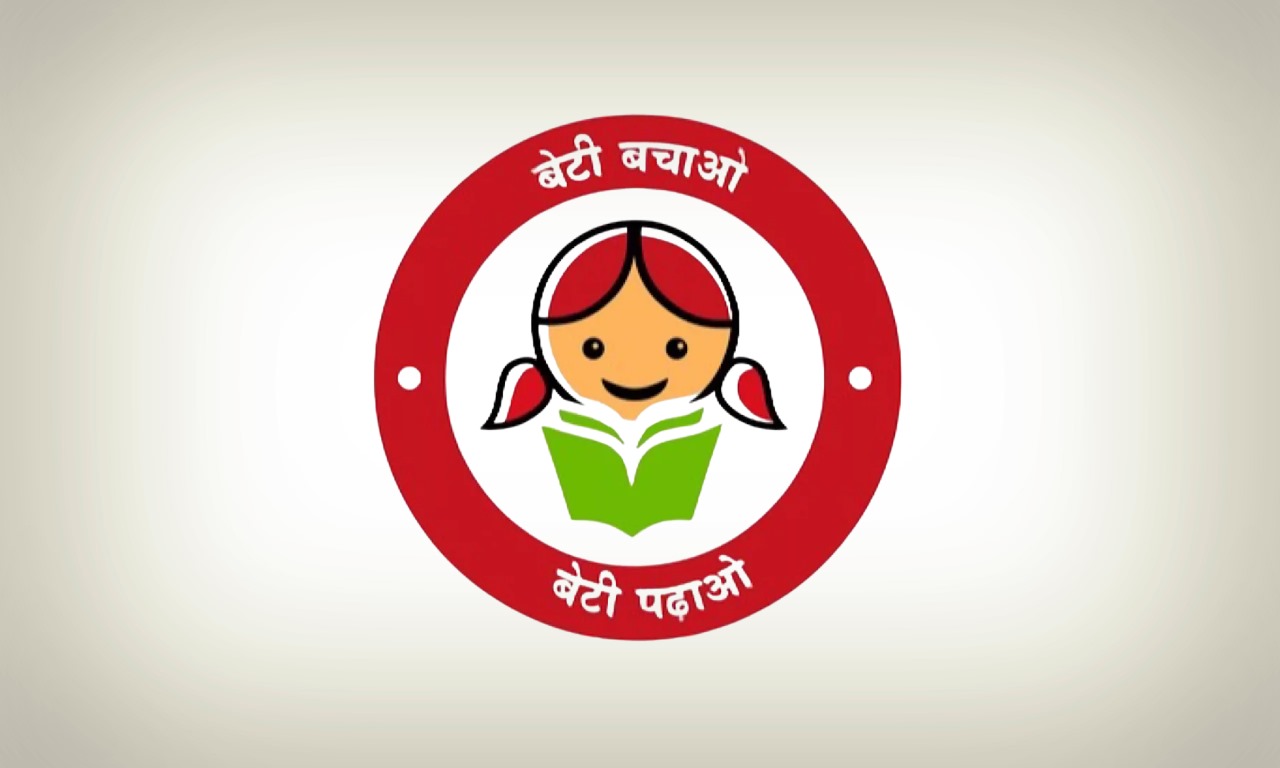
India is steadily progressing towards its goal of becoming Viksit Bharat (Developed India) by 2047, and the Beti Bachao Beti Padhao (BBBP) initiative plays a crucial role in this transformation.
Launched by Prime Minister Narendra Modi on January 22, 2015, in Panipat, Haryana, the program has been instrumental in shifting the focus from women’s development to women-led development.
Swami Vivekananda’s powerful words, “There is no chance for the welfare of the world unless the condition of women is improved. It is not possible for a bird to fly on only one wing,” resonated with the vision behind this initiative.
The scheme has had a far-reaching impact, empowering women and ensuring their rightful place in India’s progress.
Addressing the Gender Imbalance
The launch of BBBP aimed to combat the alarming decline in the child sex ratio (CSR) in India, a situation revealed by the 2011 Census, which recorded a sex ratio at birth (SRB) of 918.
This imbalance was the result of societal biases and the misuse of diagnostic tools, which disproportionately targeted girls.
Through comprehensive, lifecycle-based interventions, the BBBP initiative has helped reverse this trend, providing girls and women the opportunities, dignity, and care they deserve.
As a result, the national SRB improved from 918 in 2014-15 to 930 in 2023-24, signaling a notable shift towards gender equality.
Key Achievements of the BBBP Programme
Over the past decade, BBBP has made significant strides in improving various aspects of women’s lives. Institutional deliveries, which were 61% in 2014-15, surged to 97.3% by 2023-24.
The increase in first-trimester ante-natal care registrations, from 61% to 80.5%, also reflects enhanced maternal healthcare. Moreover, girls’ enrollment in secondary education improved, with the gross enrollment ratio for girls rising from 75.51% in 2014-15 to 79.4% in 2021-22.
These advancements highlight the program’s success in addressing critical health and education issues, ensuring that women have access to opportunities for growth.
Beyond Numbers: Rewriting the Narrative of Empowerment
BBBP is more than just a statistical success; it has redefined the narrative of women’s empowerment in India.
The Yashaswini Bike Expedition, a 10,000 km journey by 150 women bikers in October 2023, embodied the spirit of resilience and courage. The Kanya Shiksha Pravesh Utsav in 2022 re-enrolled nearly 100,786 out-of-school girls, highlighting the transformative power of education.
Furthermore, the national conference on skilling emphasized the importance of women’s active participation in the workforce, signaling India’s commitment to women-led development.
The Road Ahead: Fostering Women’s Growth
As India aspires to be a developed nation by 2047, it is crucial to place girls and women at the heart of this transformation. While progress has been made, challenges remain.
To continue the momentum, the implementation of the Pre-Conception and Pre-Natal Diagnostic Techniques (PCPNDT) Act of 1994 must be strengthened to address the issue of sex-selective abortion.
Additionally, dropout rates in education must be addressed, and skill development programs should be expanded. Targeted interventions at every stage of a girl’s life are necessary to ensure that they are empowered to reach their full potential.
In FY24, India’s Female Labour Force Participation (FLFP) stood at 41.7%, which, although a significant improvement, is still lower than that of men.
It is important to not only encourage women to join the formal workforce but also promote unpaid domestic care work as a viable career.
According to the World Economic Forum, closing the gender gap in the workforce could increase global GDP by 20%. For India, this opportunity is not just about economic growth but also about creating a society where women contribute equally to the nation’s progress.
BBBP: A Movement for Women-Led Development
The BBBP initiative has catalyzed a cultural shift in India, positioning women at the forefront of national development. Under the leadership of PM Modi, women in India are emerging as changemakers, entrepreneurs, and leaders.
The scheme has evolved from a government program to a nationwide movement, driving the empowerment of women and girls in all spheres of life.
As the nation marks a decade of this transformative initiative, it is clear that the mission is far from over.
The future of India lies in ensuring that women, as leaders of their own growth stories, continue to shape the nation’s destiny.
By focusing on education, healthcare, and economic opportunities, the Beti Bachao Beti Padhao scheme is paving the way for a brighter, more inclusive future.
As we move forward, the goal should be to create a society where every woman can thrive, and in doing so, contribute to the realization of India’s vision for 2047.
Celebrating a Decade of Progress
On the 10th anniversary of the BBBP scheme, Union Health Minister J.P. Nadda highlighted the remarkable milestones achieved, including improvements in institutional deliveries, access to healthcare, and maternal and infant mortality rates.
The shift from women’s development to women-led development is a testament to the success of BBBP. As the initiative continues to gain momentum, it is clear that women will be central to India’s future progress.
The scheme has also seen support from various ministers, including the Minister of Women and Child Development, Annpurna Devi, who emphasized the role of BBBP in catalyzing social change.
As the initiative enters its second decade, its focus will be on long-term, inclusive policies that ensure the empowerment of every girl child.

